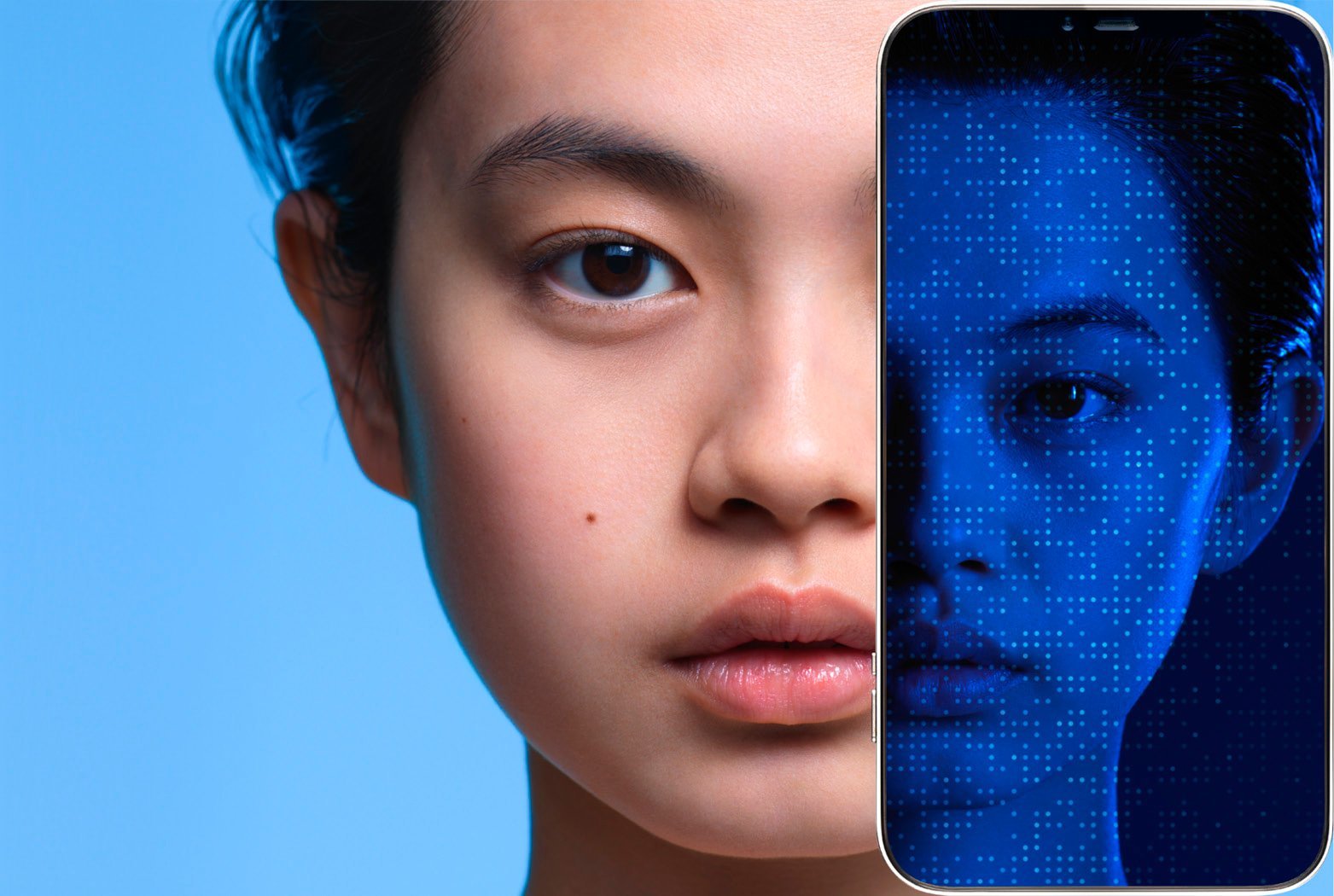THE DARK SIDE OF THE SUN:
A FULL SPECTRUM OF AGGRESSORS
Multiple environmental aging factors stem from the very energy source that gives us light and life: the sun. The effects of UVB have been known for decades: sunburn and skin damage. But UVB is just one facet of sun-induced aging. Present all year round, even in cloudy weather, UVA and infrared rays penetrate deep within the skin, degrading its essential building blocks.
POLLUTION:
A SILENT MENACE FOR SKIN
When it comes to sun exposure, the skin "warns" us when we have exceeded our tolerance threshold with erythema, pain and swelling. In other words, sunburn. But there is no such obvious response to pollution, making it a far more insidious threat for skin. In fact, there is mounting evidence that pollution amplifies and compounds the effects of solar radiation on skin.
WHAT DOES THIS MEAN
FOR YOUR SKIN?
At the surface, UV and pollution particles work in tandem to send pigment-producing cells into overdrive, leading to premature age spots and a dull or graying skintone. They also deplete skin's surface barrier, provoking dryness and heightened sensitivity. Deep down, oxidative stress "eats away" at skin's support structures, encouraging the development of accentuated wrinkles. Globally, the face looks older than its years.
Click HERE for more information on how pollution affects skin.
DID YOU
KNOW?
The pollution effect is such a hot topic in science.
Environmental aging expert Professor Krutmann led a far-reaching study on 400 women - half of them urbanites - in order to confirm the effects of a polluted environment on skin. His results could not be clearer: there is a direct link between pollution levels and premature aging signs, with 20% more age spots in the urban group.






